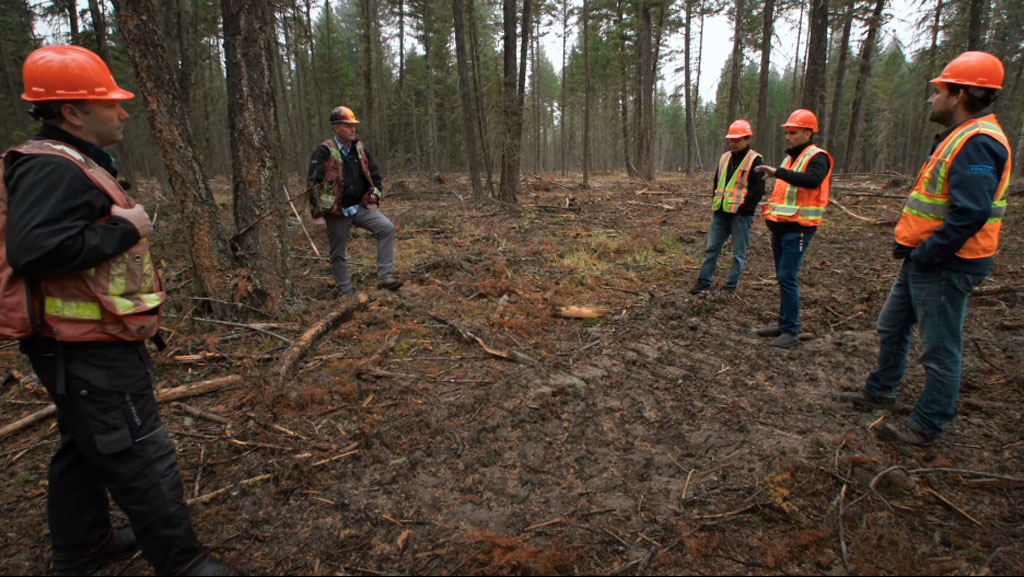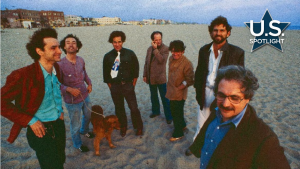Canada’s forests are ready for their close up.
A new documentary, produced by the Forest Products Association of Canada (FPAC), is the group’s latest effort to combat misconceptions about the industry and promote its benefits.
Capturing Carbon lays out how sustainable forestry can help address the global climate crisis and create economic activity.
Derek Nighbor, president of FPAC, said the documentary was prompted from years of frustration trying to get the story of forestry to break through beyond the traditional base of supporters.
“Forestry is a really complex business and as governments, Indigenous peoples and communities put a higher value on reducing carbon and addressing climate change, we have some massive solutions in forestry,” he said.
Nighbor explained other industries like mining, cement or steel are looking to innovate product manufacturing to see lower emissions. While wood has those opportunities, it also includes forest management which has the potential to massively curb emissions and provide huge economic benefits.
“The biggest carbon problem we have is fire,” said Nighbor. “That’s basically killing a lot of our trees and turning them into kindling. Where we are unique is that we have the whole forest management side of the job.”
The documentary follows groups like the foresters of Williams Lake First Nation who are using Indigenous knowledge to sustainably manage forests.
Paul Robitaille, the senior director for indigenous and youth relations at the Sustainable Forestry Initiative, is also shown speaking about how foresters can work with nature to maximize carbon-storing potential through conservation.
The documentary tackles one of the biggest misconceptions the industry faces: the visually barren areas that people associate with harvesting. The cameras follow foresters as they walk through these areas and explain the science behind the work.
Nighbor explained forestry experts pore over decades of historical and scientific data to determine which areas should be harvested and how it can mitigate wildfire risks and promote new growth. He added the forest’s cycles are far longer than many might think.
“The land does not look great after significant harvesting,” said Nighbor. “But if I showed you it in 20, 30 or 40 years, it’s another story. I think that is one of the benefits of this documentary. It has enabled people to see what is actually happening on the ground. It has opened of a lot of eyes and that is exactly what we are trying to do.”
The documentary follows forester Jack Darney as he inspects trees and explains how harvesting prioritizes areas impacted by fires, disease and climate to boost resilient regeneration. Nighbor noted that forest harvest is often planned on 100 and 200-year timelines.
“It is not going into the bush and mowing down trees,” said Nighbor. “There are intense levels of planning based on local input and local science.”
Often, harvesting will seek to mimic historic fire patterns to clear out areas that would burn and generate economic activity instead of smoke, he explained.
“We can mitigate fire risks and have an opportunity to make more low-carbon products,” he said.
The documentary was directed by Tate Young, a filmmaker raised in Fort McMurray whose award-winning work has been featured at many film festivals. Young previously worked at an Alberta mill, which Nighbor says gave him an advantage.
“He not only had tremendous storytelling and a great eye, but he has also spent time in the forestry community,” he said. “He knew that intimately.”
Nighbor said the documentary is an important tool for reaching increasingly urban audiences who may not have much experience with rural industries.
“We do a great job talking to ourselves,” he said. “If you are from a forested community or your mom or dad worked at a mill, you have a good sense of the industry’s integrity and sustainability. But with every passing day we are moving to a more urban economy and more new Canadians who don’t have that touch point with a quintessential Canadian industry.”
The full documentary can be viewed here.




This article needs to be widely promoted in Australia because certain beliefs have closed forests leaving knowledgeable timber workers of all types to be vilified despite their actual knowledge and despite the constant demand still for forest products.